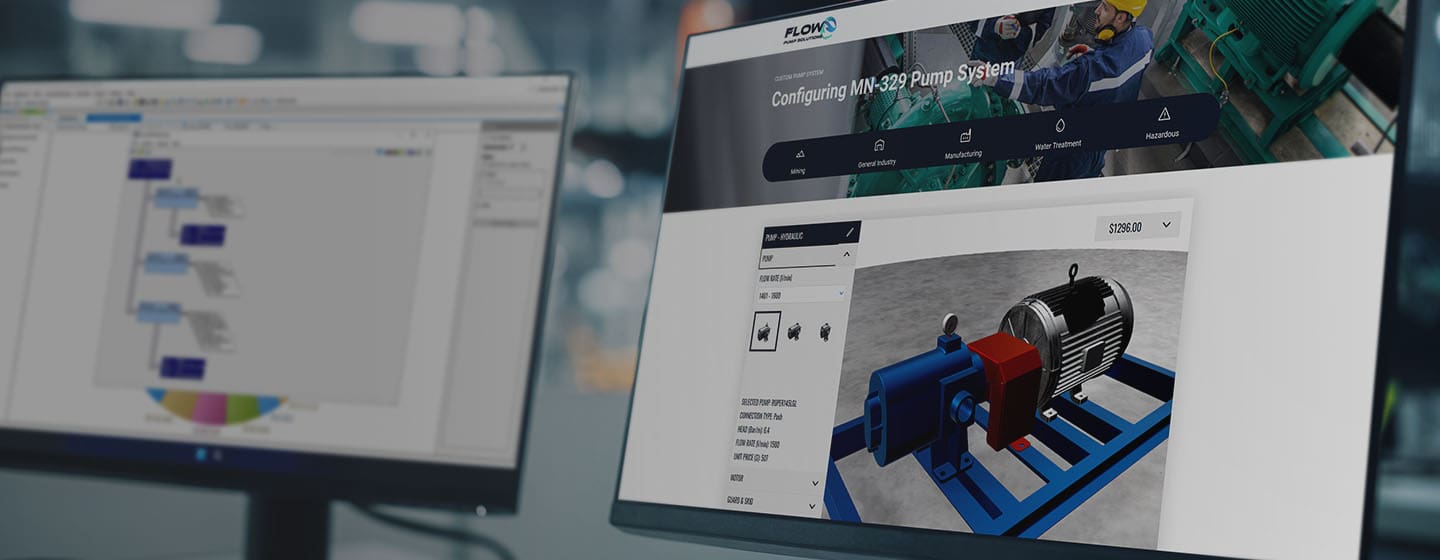Why Design Automation Is Shaping the Future of Engineering
25 September 2024
In today’s competitive landscape, businesses face mounting pressure to enhance efficiency, reduce costs, and stay ahead of the curve with continuous innovation. Design automation is emerging as a critical solution to meet these challenges, offering a transformative approach for the future of engineering.
This article will delve into why design automation is pivotal for the future success of engineering, highlighting its role in improving accuracy, fostering innovation, driving cost-efficiency, and enabling tailored solutions.
The Current Challenges in Engineering Design
Traditional engineering design processes often rely heavily on manual tasks, making them slow and resource-intensive. This is especially true in custom product design, where cross-team collaboration can lead to frequent errors and requests for rework.
Today’s B2B clients demand swift and accurate quotations, yet the complexity of bespoke products often makes manual design processes cumbersome and inefficient.
To remain competitive, businesses need to speed up their innovation cycles, ensuring frequent product launches and updates. However, the manual nature of traditional design practices means engineers spend a disproportionate amount of time on repetitive tasks, leaving little room for creativity or strategic development. This not only hampers the introduction of new products but can also demotivate engineers, as they are left with limited time for engaging, forward-thinking tasks.
What Is Design Automation?
Design automation refers to the use of advanced software tools to automate repetitive, time-consuming tasks within the design process. By adopting design automation, businesses allow engineers to focus on innovation and more complex, rewarding activities, rather than routine operations.

The Benefits of Design Automation in Engineering
1) Boosted Efficiency
Automating repetitive tasks dramatically streamlines workflows, reducing the time required to complete projects. With design automation, engineers can deliver faster design iterations with minimal manual input. This efficiency enables teams to take on additional projects or devote more time to intricate elements of their work. Furthermore, automating the workflow facilitates smoother collaboration between departments, enhancing the overall sales and production cycles.
2) Greater Focus on Innovation
With mundane tasks offloaded to automated systems, engineers can redirect their attention to innovative product design and creative problem-solving. This shift not only accelerates the introduction of new products but also fosters a culture of creativity within the organisation. Increased job satisfaction is a natural outcome, as engineers find more time for engaging, intellectually stimulating tasks. With the engineering industry facing recruitment challenges, retaining staff through better job fulfilment is crucial, and design automation can play a key role in reducing workplace frustration.
3) Significant Cost Savings
While the upfront investment in design automation tools may seem substantial, the long-term cost benefits are significant. By reducing man-hours, speeding up project completion times, and minimising errors, businesses can enjoy considerable savings. More efficient processes also help to keep production costs down, allowing for competitive pricing of final products. The ability to quickly and accurately deliver custom solutions further boosts customer satisfaction, encouraging repeat business and loyalty.
4) Enhanced Accuracy and Quality
Automation technology significantly reduces the likelihood of human error, resulting in more reliable, accurate designs. This is particularly important in manufacturing, where precision in custom designs is essential for maintaining smooth workflows between design, sales, and production teams. Design automation ensures that all product configurations adhere to established rules and parameters, which greatly minimises rework. Once set up, automation systems consistently deliver predictable, accurate outputs, allowing engineers to trust the reliability of the results. In combination with user-friendly interfaces that standardise inputs, businesses can be confident that the data entered will always result in error-free, high-quality files.
5) Tailored Solutions
As the demand for customisable products continues to rise across various industries, the challenge of designing custom products through traditional methods grows. Manually producing CAD drawings for bespoke products is both slow and prone to mistakes. By using design automation tools, manufacturers can automatically generate 3D models and the associated manufacturing data needed to produce and sell customised products efficiently. This not only speeds up production but also ensures high accuracy and quality in the finished designs.
Design Automation In Action
“The proof is in the pudding” as we found out when we visited customer, Wozair, specialists in the design, manufacture, and installation of heavy-duty heating, ventilating, and air conditioning (HVAC) products.
Watch the video to find out what the Wozair team had to say about the transformative powers of Design Automation:
Time to Investigate Design Automation?
As the need for faster, more accurate, and cost-effective design processes becomes ever more critical, design automation stands out as a transformative tool for engineering. By freeing up time for innovation, reducing costs, and improving design accuracy, businesses can future-proof their operations and remain competitive in a rapidly evolving industry.
If you’re looking to revolutionise your design and manufacturing processes, now is the time to explore the potential of DriveWorks.
Visit our DriveWorks product page to get a FREE 30 day trial and get in touch to find out how design automation can help you enhance efficiency, foster innovation, and deliver customised solutions with ease. Call us on 01223 200690 now!






